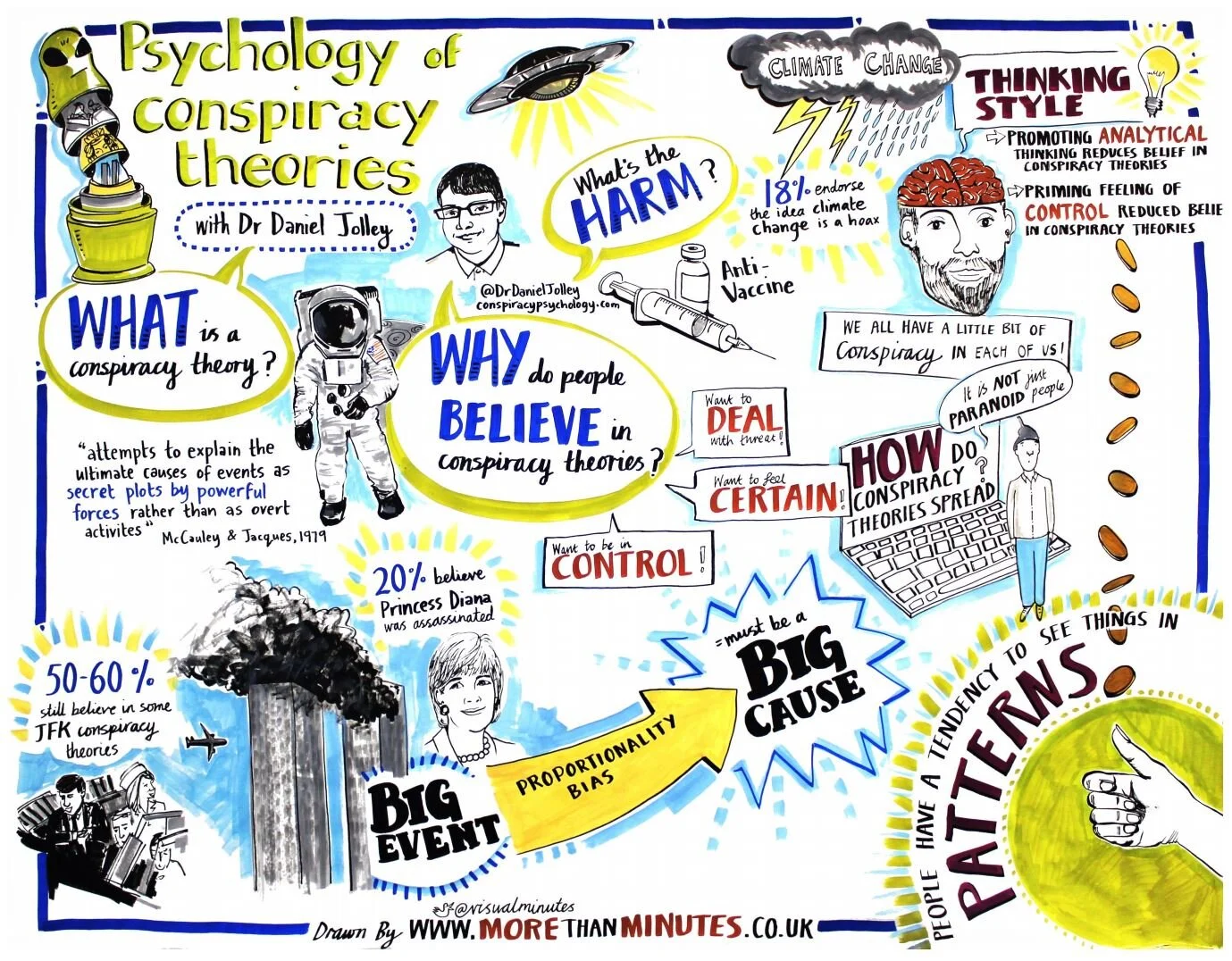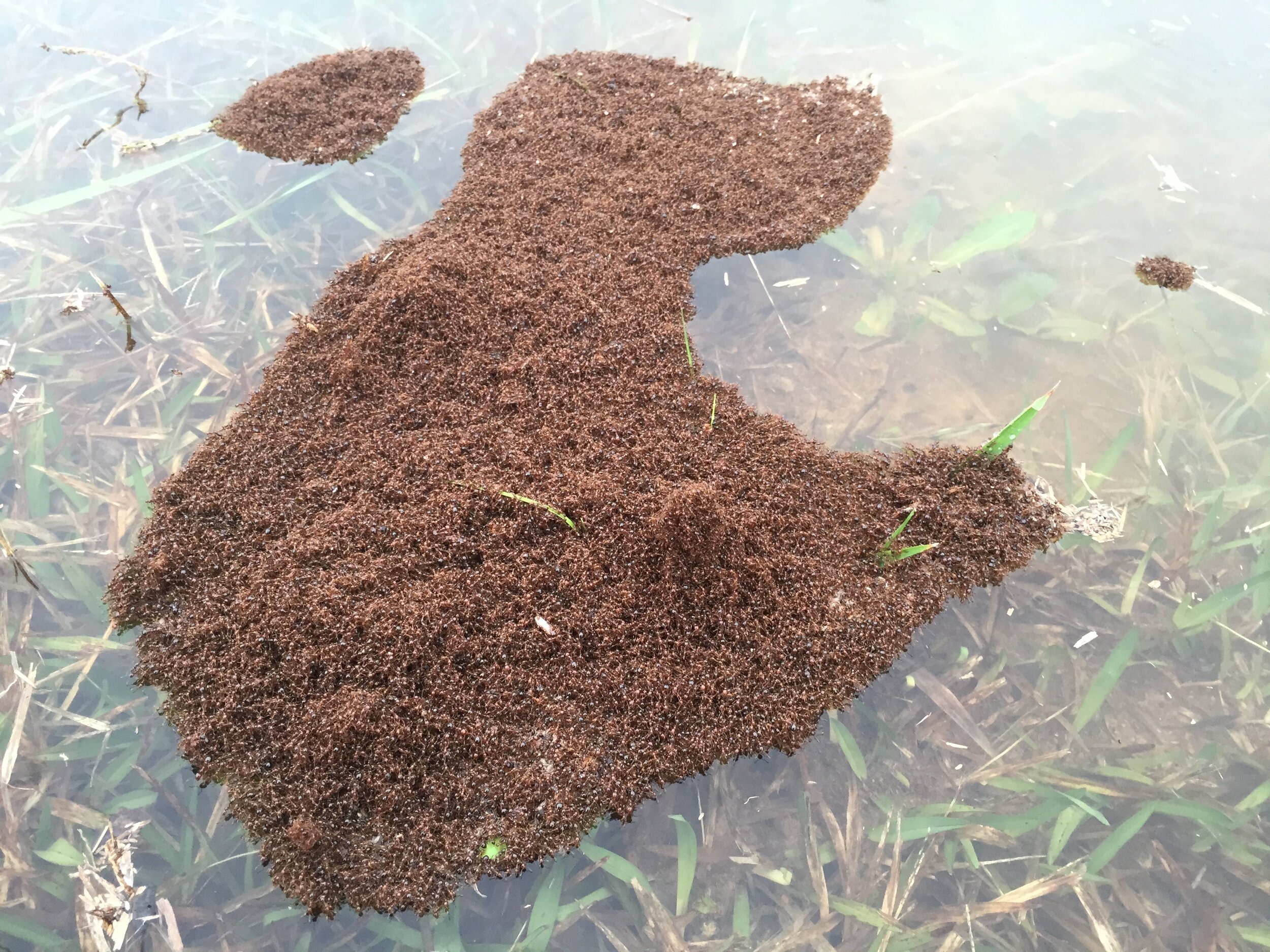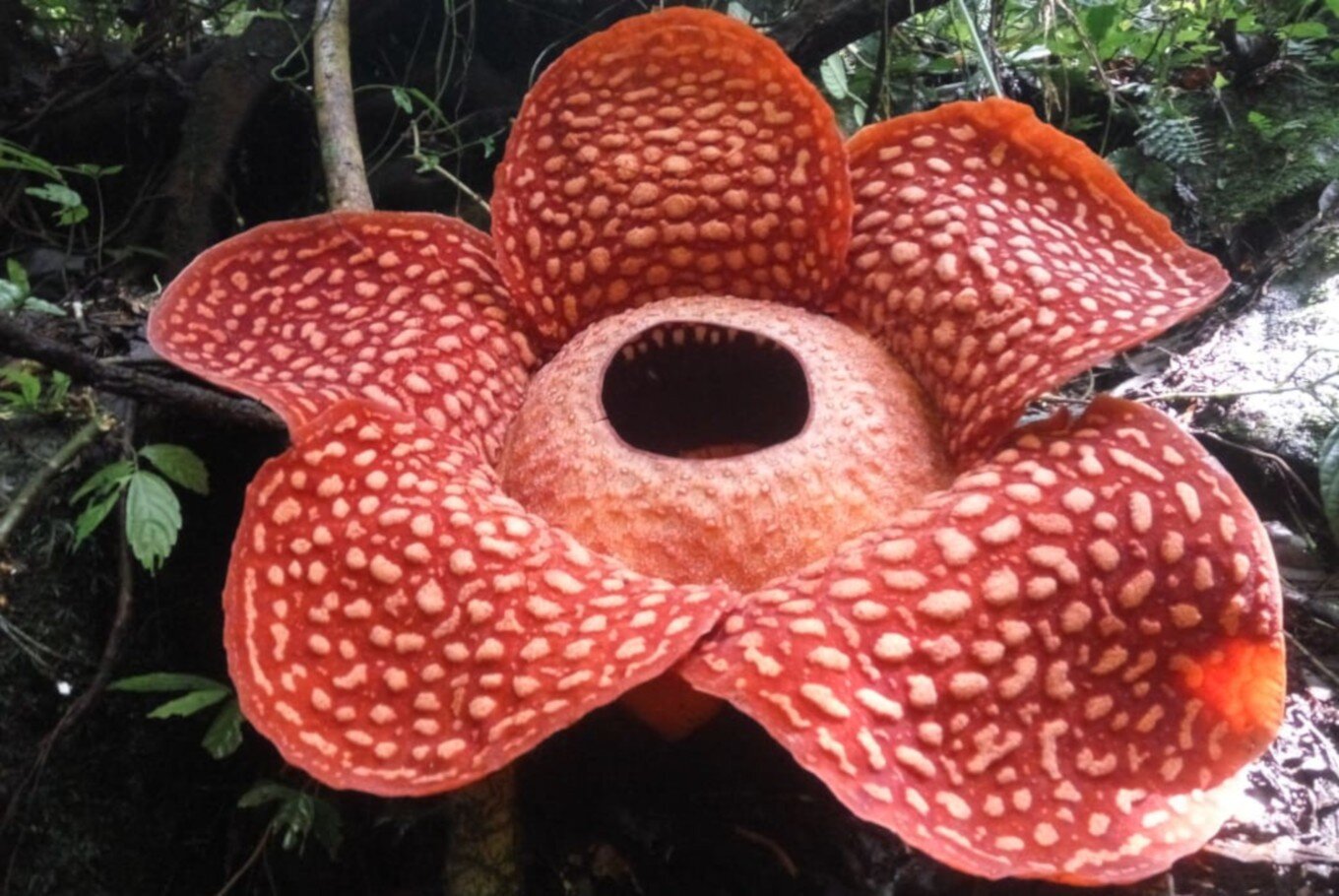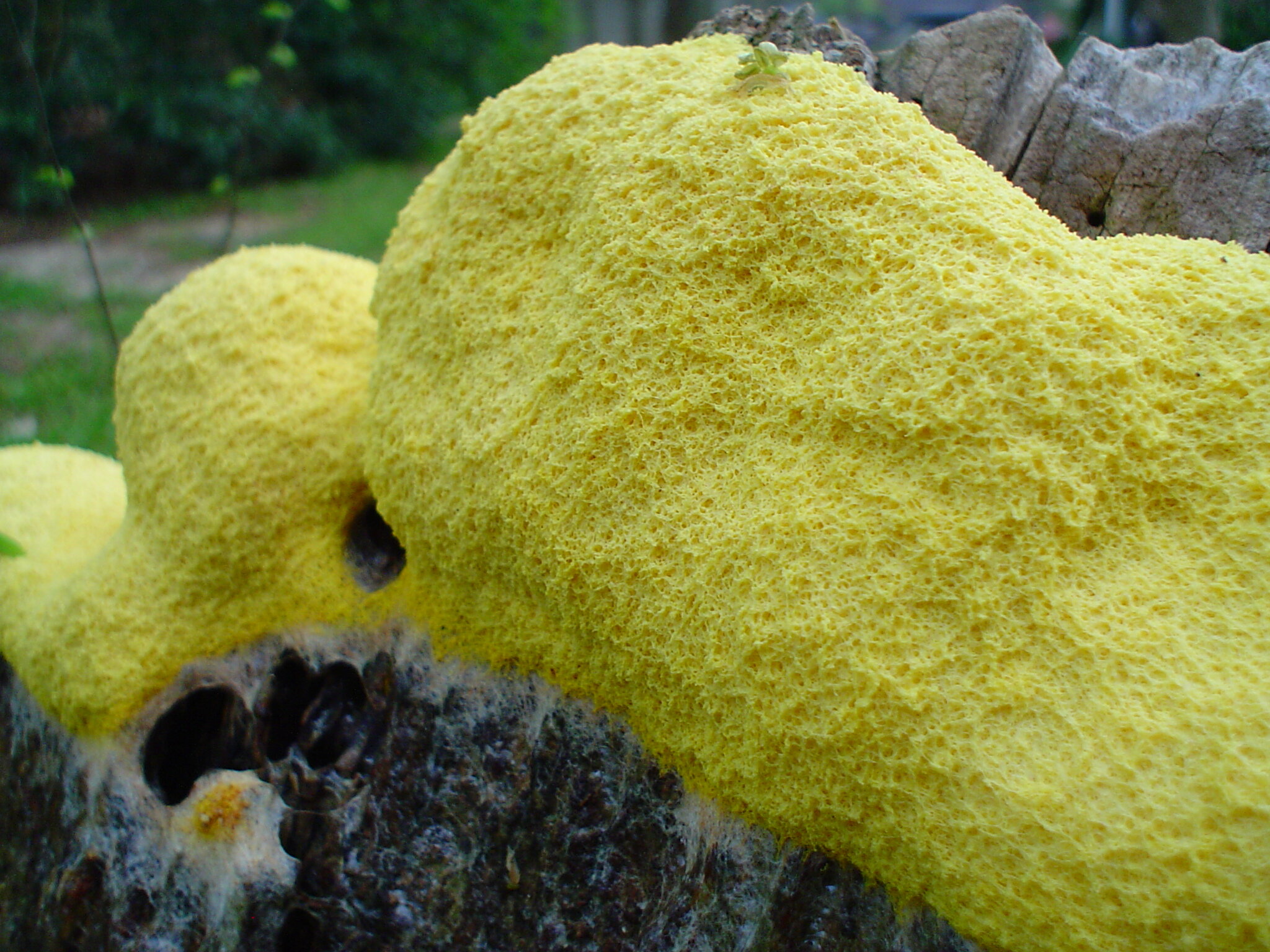S2 Ep 5. Upside Down Science: Stranger Things
Listen Now
Revelling in 80’s nostalgia we embark on a curiosity voyage heading for Hawkins, Indiana, to explore the science behind Stranger Things.
Do any ‘Rightside Up’ plants and animals act like demodogs and demogorgons? Why do people believe in conspiracy theories? Why are groups like scientists and governments good villains of conspiracy theories? What is the difference between alternate dimensions and parallel universes? How can we be in the same dimension as the dinosaurs?
This week we are joined by two experts to help us wind our way through the ‘mindflayer’ science behind Stranger Things.
Come join us in the Upside Down…
Listen to the podcast now on:
Meet our guests
Daniel Jolley
Dr Daniel Jolley is a Senior Lecturer in Psychology at Northumbria University in Newcastle, where he explores the psychology of conspiracy theories. He is a fellow science communicator and appears regularly in newspapers, on podcasts, radio and TV.
Who better to talk to about conspiracy theories!
Simon Saunders
Simon Saunders is Professor of Philosophy of Physics at the University of Oxford. He is interested in the philosophy of physics, science and mathematics, with a particular interest in quantum theory, relativity and cosmology. The author of ‘Many Worlds? An Introduction’, who better to talk to about alternative dimensions and parallel universes?
Stranger Things Blogs
Episode Photo Gallery
Take a look at an ant colony raft, the parasitic flowering plant Rafflesia and a lovely yellow slime mold…




Episode References (if you fancy some extra reading)
Brodwin, E. and Sundermier, A. (2016) A scientist explains parallel universes in Stranger Things. Insider [online]. Available from: https://www.insider.com/stranger-things-parallel-universe-science-2016-8
Department of Energy (2017) The science hidden in Stranger Things’ science fiction. Available from: https://www.energy.gov/articles/searching-upside-down
Fujimori, T., Nakajima, A., Shimada, N. and Sawai, S. (2019) Tissue self-organisation based on collective cell migration by contact activation of locomotion and chemotaxis. PNAS. 116(10) pp. 4291-4296
Johnson, A., Torgerson, T. and Cooper, C. (2020) Public awareness of cleidocranial dysplasia after season releases of Stranger Things. JAMA Otolaryngology-Head & Neck Surgery. 146(4) pp. 377-378
Keane, R. (2017) The parallel world in Stranger Things isn’t as crazy as it sounds - science explains. Vocal [online]. Available from: https://vocal.media/horror/the-parallel-world-in-stranger-things-isn-t-as-crazy-as-it-sounds-science-explains
Meyer, B., Ansorge, C. and Nakagaki, T. (2017) The role of noise in self-organised decision making by the true slime mold Physarum polycephalum. PLOS [online]. Available from: https://journals.plos.org/plosone/article?id=10.1371/journal.pone.0172933
Osborne, G. (2020) Don’t laugh off the rise of conspiracy theories - they threaten us all. Evening Standard [online]. Available from: https://www.msn.com/en-gb/news/world/don-t-laugh-off-the-rise-of-conspiracy-theories-they-threaten-us-all/ar-BB18MMbe?ocid=msedgdhp
Purcell, J., Avril, A., Jaffuel, G., Bates, S. and Chapuisat, M. (2014) Ant brood function as life preservers during floods. PLOS ONE. 9(2) Available from: https://journals.plos.org/plosone/article/file?id=10.1371/journal.pone.0089211&type=printable
Saunders, S. (2010) Many Worlds? An Introduction. In: Saunders, S., Barratt, J, Kent, A. and Wallace, D. (ed.) Many worlds? Oxford: OUP. Available from: http://philsci-archive.pitt.edu/12408/1/Everett%20introduction%20arXiv.pdf
Steiefel, K. (2019) Planck’s Constant in Stranger Things. Science On [online]. Available from: https://scienceonblog.wordpress.com/2019/10/24/plancks-constant-in-stranger-things/
Strickland, A. (2019) The weird Upside Down science behind Stranger Things. CNN [online]. Available from: https://edition.cnn.com/2019/07/04/world/stranger-things-science-scn-trnd/index.html
Webb, R. (2020) Essential Guide 1: The Nature of Reality. London: New Scientist
Williams, M. (2014) A universe of 10 dimensions. Phys.org [online]. Available from: https://phys.org/news/2014-12-universe-dimensions.html

